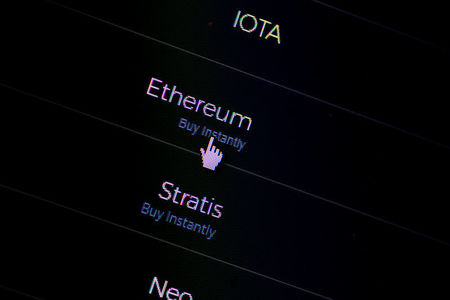ETH Treasuries Ditch ‘Digital Gold’ Model for Yield-Generating Staking: Here’s Why It Matters
The post ETH Treasuries Ditch ‘Digital Gold’ Model for Yield-Generating Staking: Here’s Why It Matters appeared on BitcoinEthereumNews.com. Michael Saylor’s bold “financial engineering” at Strategy (formerly MicroStrategy) to amass significant Bitcoin holdings has sparked a trend among corporations. Over 50 firms have already adopted a similar BTC-focused treasury strategy. However, a new segment of companies is emerging, seeking not only crypto exposure but also aligning directly with Ethereum’s economic ecosystem. At first glance, the sharp price swings seen in Ethereum treasury stocks might look like speculative rollercoasters similar to meme coins. But the approaches taken by this initial wave of ETH treasury firms differ at a fundamental level. Inside the First ETH Treasury Wave According to Galaxy Digital, these firms are moving beyond hype-driven or passive crypto exposure and are instead actively using Ethereum as a productive reserve asset by staking for yield or leveraging advanced DeFi strategies. This approach sets them apart from Bitcoin treasury adopters, who often took a passive “digital gold” stance financed by leverage-heavy convertible debt. Meanwhile, ETH treasury companies like SharpLink, BitMine, Bit Digital, and GameSquare have chosen to fund their strategies with equity, thereby avoiding the structural vulnerabilities linked to debt obligations and looming maturities. Galaxy Digital also said that the capital held by these firms is actively deployed rather than sitting idle. Through ETH staking, they boost validator security and protocol stability across the network. In cases like GameSquare, treasury funds are also used for DeFi-native yield strategies, which support liquidity pools, lending platforms, and other essential Ethereum infrastructure. Despite the ongoing risks of dilution, smart contract exposure, and price swings, investors can use dilution impact assessments and premium-to-book valuations to gauge both the downside and potential income-based upside. This wave of ETH treasuries appears to be a more actively engaged and capital-efficient model. Firms Scale Ethereum Holdings This month, the Nasdaq-listed online tech firm SharpLink made a significant Ethereum acquisition…

The post ETH Treasuries Ditch ‘Digital Gold’ Model for Yield-Generating Staking: Here’s Why It Matters appeared on BitcoinEthereumNews.com.
Michael Saylor’s bold “financial engineering” at Strategy (formerly MicroStrategy) to amass significant Bitcoin holdings has sparked a trend among corporations. Over 50 firms have already adopted a similar BTC-focused treasury strategy. However, a new segment of companies is emerging, seeking not only crypto exposure but also aligning directly with Ethereum’s economic ecosystem. At first glance, the sharp price swings seen in Ethereum treasury stocks might look like speculative rollercoasters similar to meme coins. But the approaches taken by this initial wave of ETH treasury firms differ at a fundamental level. Inside the First ETH Treasury Wave According to Galaxy Digital, these firms are moving beyond hype-driven or passive crypto exposure and are instead actively using Ethereum as a productive reserve asset by staking for yield or leveraging advanced DeFi strategies. This approach sets them apart from Bitcoin treasury adopters, who often took a passive “digital gold” stance financed by leverage-heavy convertible debt. Meanwhile, ETH treasury companies like SharpLink, BitMine, Bit Digital, and GameSquare have chosen to fund their strategies with equity, thereby avoiding the structural vulnerabilities linked to debt obligations and looming maturities. Galaxy Digital also said that the capital held by these firms is actively deployed rather than sitting idle. Through ETH staking, they boost validator security and protocol stability across the network. In cases like GameSquare, treasury funds are also used for DeFi-native yield strategies, which support liquidity pools, lending platforms, and other essential Ethereum infrastructure. Despite the ongoing risks of dilution, smart contract exposure, and price swings, investors can use dilution impact assessments and premium-to-book valuations to gauge both the downside and potential income-based upside. This wave of ETH treasuries appears to be a more actively engaged and capital-efficient model. Firms Scale Ethereum Holdings This month, the Nasdaq-listed online tech firm SharpLink made a significant Ethereum acquisition…
What's Your Reaction?













































